Ever felt like you were chasing a fitness dream that seemed to slip through your fingers like sand? I get it. Not too long ago, I was standing in your shoes, staring at myself in the mirror, wondering why the promise of bulging biceps and a sculpted physique remained elusive. The gym wasn’t unfamiliar territory, but it often felt like a battleground where my busy schedule and fitness ambitions clashed.
Picture this: my daily routine consisted of juggling work meetings, family responsibilities, and, yes, the occasional Netflix binge. My fridge was no stranger to late-night snack raids, and my workout schedule? Well, it was more erratic than a caffeine-fueled squirrel.
But here’s the kicker – I realized that achieving my fitness goals wasn’t about adhering to some superhuman regimen or surviving on kale smoothies alone. It was about finding a rhythm, a balance that fits my life like a glove. The breakthrough moment came when I decided to take matters into my own hands, demystify the chaos of fitness advice, and chart my course towards sustainable muscle gain.
This blog isn’t your typical fitness mantra, filled with lofty promises and quick fixes. Instead, it’s a chronicle of my journey – a journey that’s taught me the real secrets of building muscle. It’s about setting achievable goals, crafting a workout plan that doesn’t dominate your life, and fueling your body with the right nutrients to aid muscle growth. No shortcuts, no magic pills – just a pragmatic approach that’s worked for me.
So, if you’re ready to join me on this adventure, let’s roll up our sleeves and dive into the practical side of fitness. Let’s debunk the myths, embrace the trials, and build the muscle you’ve always wanted, all while keeping your everyday life intact. Together, we’ll make fitness not just a destination but an inspiring, achievable journey worth every step.
Although the following article is about building muscle with weights, it is possible to build muscle without weights. For this, we have our guide on how to build muscle without weights. Of course, the results will be slower, and you will become more toned vs bigger built.
How to Build Muscle with a Good Workout Schedule and Nutrition
1. The Importance of Weights and Weight Lifting
In order to build muscle, it is crucial to incorporate weight lifting into your exercise routine. Weight training is the primary form of exercise for muscle building, as it places mechanical tension on your muscles, pushing them past their limits and promoting growth. This tension triggers a metabolic response, which provides your muscles with the energy they need to adapt to the strain of the weights and grow stronger. Some of the most effective weightlifting exercises include:
1.1 Warm Up and Cool Down
Before diving into your weight lifting routine, it is essential to properly warm up your muscles and joints to prevent injury. Begin with 5-10 minutes of light cardio, such as jogging or jumping jacks, followed by dynamic stretches targeting the muscles you plan to work on during your session. Similarly, after your workout, take the time to cool down with static stretches, holding each stretch for 15-30 seconds to increase flexibility and promote muscle recovery.
1.2 Repetitions and Sets
When weightlifting, it is crucial to find the appropriate balance between the number of repetitions (reps) and sets in order to effectively build muscle. A general guideline is to perform 3-5 sets of 8-12 reps for each exercise, with a rest period of 60-90 seconds between sets. Lifting weights at a challenging intensity, focusing on a slow, controlled tempo, and gradually increasing the load as you progress will ensure optimal muscle growth.
1.3 The Importance of Proper Form
Maintaining proper form during weightlifting exercises is essential for both muscle growth and injury prevention. Consult with a personal trainer or fitness professional to ensure you are performing exercises correctly, and always prioritize form over the amount of weight being lifted.
2. Do Not Skip Leg Day
While many people focus on building their upper body muscles, it is important to remember the importance of leg day in your workout routine. Working on your leg muscles, such as the quadriceps, hamstrings, gluteals, and calf muscles, is essential for overall strength, balance, and mobility. Incorporate compound exercises like squats, deadlifts, and lunges into your routine to effectively target multiple muscle groups and promote muscle growth.
3. Rest Days and Recovery
Giving your body time to recover is essential for muscle building. Allow at least 48 hours of rest between working the same muscle group to prevent overtraining and promote optimal muscle growth. Rest days are crucial for both physical and mental recovery and should be incorporated into your workout routine to ensure sustainable progress.
4. Nutrition: The Key to Building Muscle
Proper nutrition plays a vital role in muscle growth and overall health. A balanced diet, rich in protein, carbohydrates, and healthy fats, is essential for providing your body with the energy and nutrients it needs to build and maintain muscle mass.
4.1 Protein
Consuming an adequate amount of protein is crucial for muscle growth and repair. Aim for at least 0.6 to 0.9 grams of protein per pound of body weight daily, with higher amounts recommended for those looking to gain muscle (up to 1.3 grams per pound). High-quality protein sources include lean meats, poultry, fish, eggs, dairy products, and plant-based options like lentils, tofu, seeds, and nuts.
4.2 Carbohydrates and Fats
Carbohydrates provide your body with the energy necessary for intense workouts, while healthy fats aid in hormone production and overall health. Incorporate a variety of fruits, vegetables, whole grains, and healthy fat sources, such as avocados, nuts, and olive oil, into your diet to fuel your workouts and promote muscle growth.
4.3 Meal Timing
Consuming protein-rich meals or snacks before and after your workouts can help maximize muscle growth and recovery. Aim to consume 20-40 grams of protein within an hour of your workout, either through whole foods or protein supplements.
5. The Role of Cardio in Muscle Building
While weight training is the primary form of exercise for building muscle, incorporating cardiovascular exercise into your routine can help improve overall fitness, heart health, and endurance. Moderate-intensity cardio, such as brisk walking or cycling, can be performed on rest days or as a warm-up/cool-down for your weight training sessions. High-intensity interval training (HIIT) can also be an effective addition to your workout routine, promoting muscle growth and fat loss while minimizing the risk of muscle breakdown.
6. The Mind-Muscle Connection
Focusing on the mind-muscle connection during your workouts can help improve muscle activation and growth. By concentrating on the specific muscles being worked during each exercise, you can enhance the tension placed on the muscle, leading to more effective muscle building.
7. The Role of Supplements
While whole foods should be the primary source of nutrients in your diet, certain supplements may aid in muscle building and recovery. Popular supplements include protein powders, branched-chain amino acids (BCAAs), creatine, and pre-workout formulas. Consult with a healthcare professional or registered dietitian before adding supplements to your routine to ensure they are appropriate for your individual needs and goals.
8. The Importance of Sleep and Stress Management
Adequate sleep and proper stress management are essential components of muscle building and overall health. Aim for at least 7-9 hours of sleep per night, with a focus on quality sleep to promote muscle recovery and growth. Poor sleep and chronic stress can lead to elevated cortisol levels, which may hinder muscle growth and increase the risk of injury.
8.1 Sleep and Muscle Recovery
During sleep, your body releases growth hormones and repairs damaged muscle tissue, allowing for optimal muscle recovery and growth. Establish a consistent sleep schedule, create a relaxing bedtime routine, and ensure your sleep environment is conducive to restorative sleep.
8.2 Stress Management
Chronic stress can have a negative impact on muscle growth, as it may lead to increased cortisol levels and decreased testosterone production. Implement stress management techniques, such as meditation, deep breathing exercises, or engaging in hobbies, to promote a healthy balance between exercise and relaxation.
9. Consistency and Progression
Consistency is key when it comes to building muscle. Stick to your workout routine, maintain a balanced diet, and prioritize rest and recovery to ensure sustainable progress. As your strength and muscle mass increase, it is essential to continually challenge yourself by increasing the weight, repetitions, or intensity of your workouts to promote further muscle growth.
10. Patience and Realistic Expectations
Building muscle takes time, dedication, and patience. Set realistic goals for yourself and understand that progress may not always be linear. Celebrate your achievements, learn from setbacks, and remain committed to your fitness journey.
Final Thoughts – What Do You Need To Build Muscle?
Building muscle involves a combination of weightlifting, proper nutrition, rest, and consistency. By incorporating these principles into your fitness routine and maintaining a balanced approach to health and wellness, you can achieve your muscle-building goals and enjoy the many benefits of a strong, toned physique.
Image by fxquadro on Freepik







